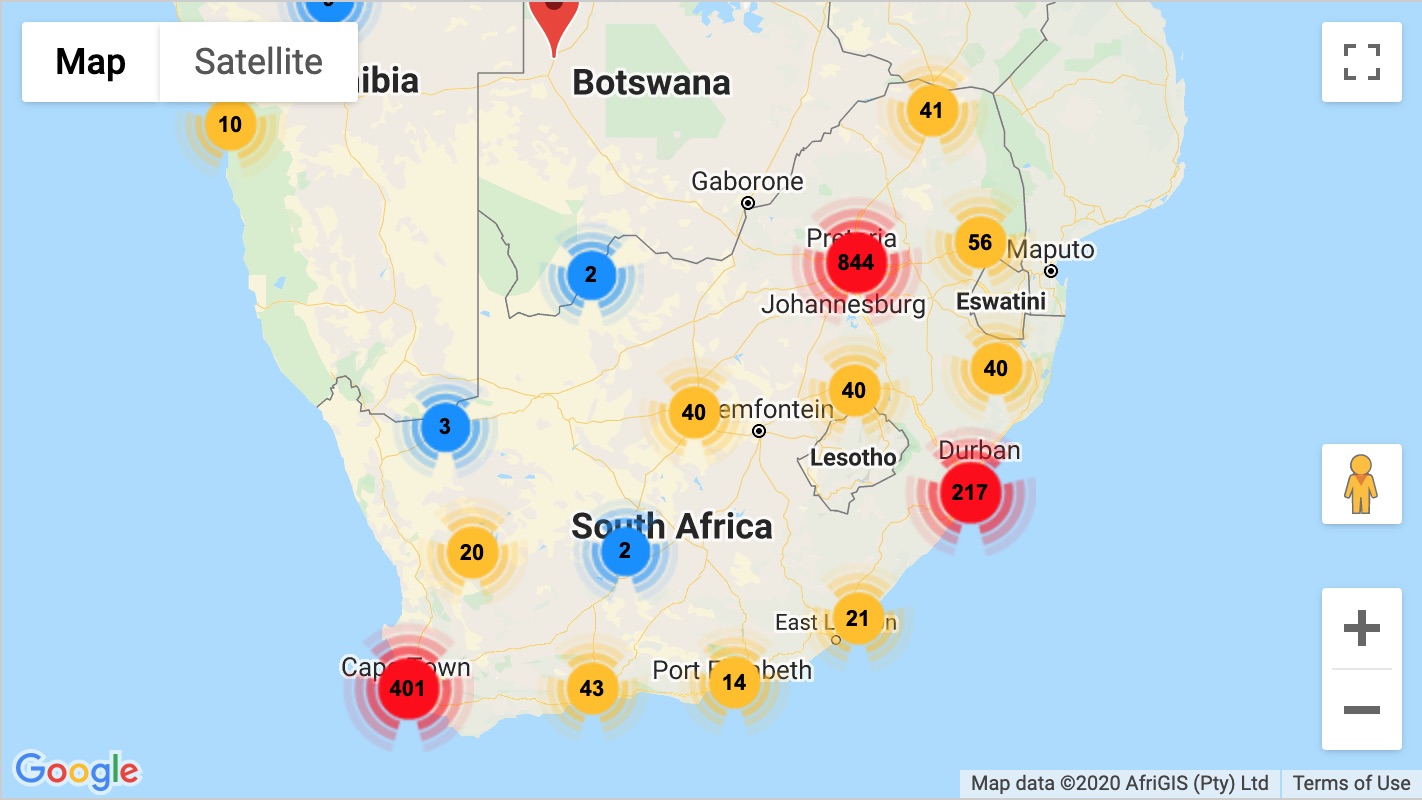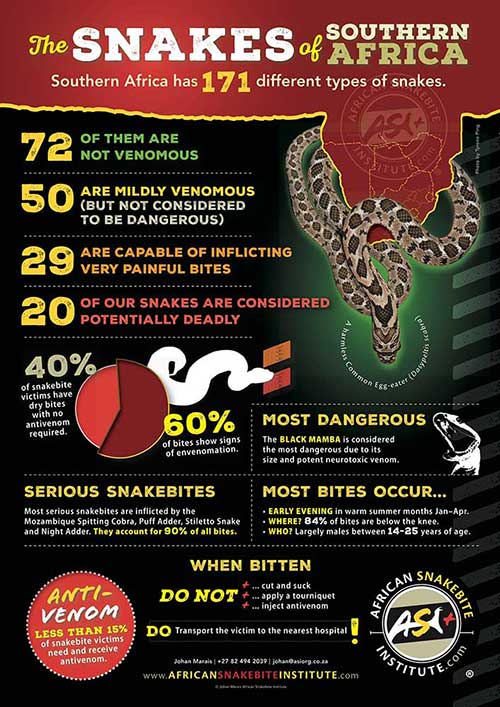PLEASE NOTE. Our offices will be closed from the 12th of December 2025 – until the 5th of January 2026. Last date for orders will be the 8th of December 2025. Any orders placed after the 8th of December 2025, will only be dispatched after the 5th of January 2026.
“Free handling” refers to the practice of handling highly venomous snakes with your bare hands. The snake is easily in striking distance and the “handler” has to judge the snakes temperament and actions to avoid a bite. Often if one is calm when working with a snake and does not restrict its movement too much, the snake may be reluctant to bite. However, these animals are still unpredictable and at any moment the situation can turn bad.
When and why do people free handle snakes?
It has become somewhat of a cult movement amongst a few snake handlers and there is never a good time to do so. It is largely an attention seeking thing – and a quick adrenalin fix. Picking up a freshly caught Cape Cobra with your bare hands and letting it hood in front of your face – immediately you are the “hero” amongst those around you, provided you are not bitten. Needless to say, several free handlers do get bitten.
A number of free handlers claim that using their hands (and not snake handling equipment) on a snake, is less stressful on the animal. But having seen a number of videos of free handlers taunting the snakes for a response – for photo or video purposes, ‘not wanting to stress the animal’ is obviously just a convenient excuse. Experienced snake handlers can hook and tail venomous snakes with ease and when done correctly, this causes very minimal stress to the animal.
Some free handlers claim that by showing images of themselves free-handling, they are proving that snakes are not scary or dangerous. But there are dozens of other ways to prove this, without putting your life on the line or risking the chance of someone less educated or experienced emulating free handling practices’ and suffering from the enormous consequences of snakebite
We do not have an issue with free handling in a personal capacity, provided that it is not shared on social media where impressionable youngsters might be tempted to copy what they are seeing. Sadly free handling posts don’t come with much actual snake education, and are more often than not posted for the attention and response from the public.
An important consideration is the cost of a snakebite in Africa, especially now that we are experiencing a severe shortage of antivenom. An average snakebite from a highly venomous snake, where the victim spends a day or two in an intensive care unit, easily costs in excess of R100,000 to treat. In cases where patients require surgery, the bill could exceed R1 000 000.00 (one million rand!)
Most free handlers do not have medical insurance and rely on free treatment in government hospitals. This is a waste of both very low antivenom resources (which could cause disastrous consequences for the next snakebite victim) and taxpayers’ money. Most medical aid schemes would not pay for treatment for a snakebite, where the patient was known to have purposely put their lives at risk, by choosing to free handle highly venomous snakes.
For the above reasons we do not allow any free handling photographs or videos on our social media pages, nor do we condone such practices at any of our training sessions.
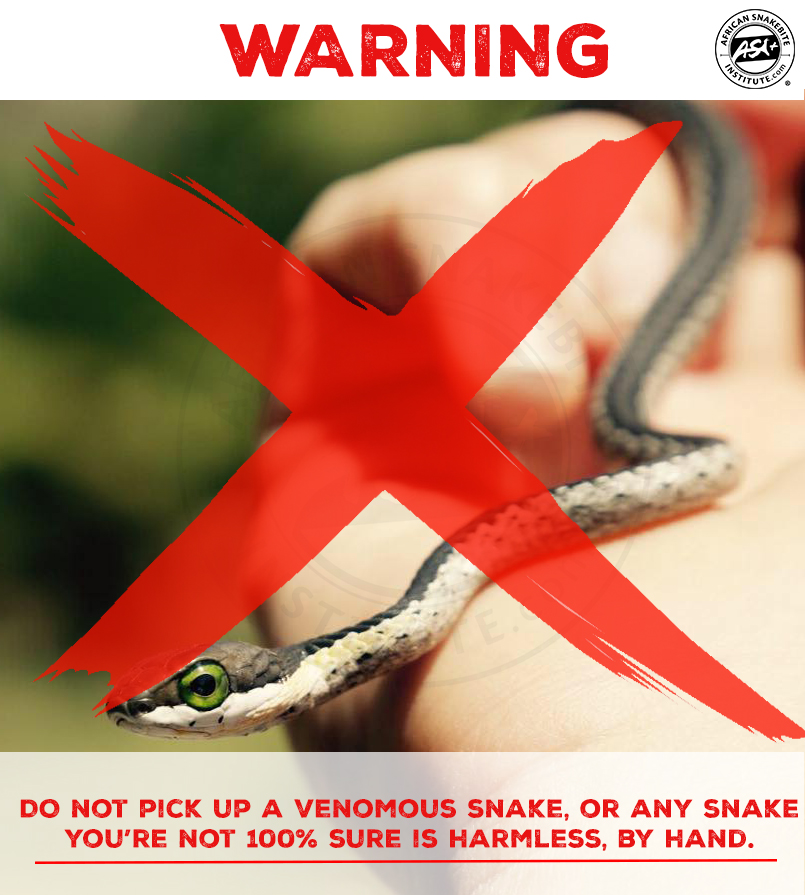
Search
Shopping Cart
CONTACT US:
Product enquiries:
Caylen White
+27 60 957 2713
info@asiorg.co.za
Public Courses and Corporate training:
Michelle Pretorius
+27 64 704 7229
courses@asiorg.co.za
Featured Products
-
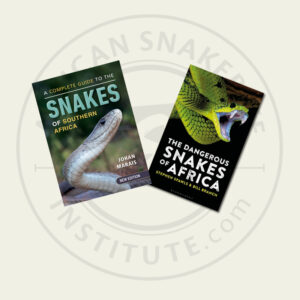 ASI Book Combo 1
ASI Book Combo 1
R1,315.00Original price was: R1,315.00.R1,120.00Current price is: R1,120.00. -
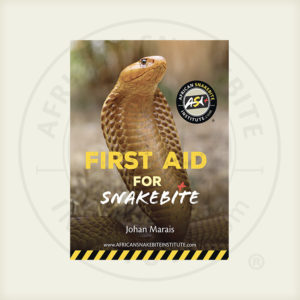 ASI First Aid for Snakebite Booklet
R40.00
ASI First Aid for Snakebite Booklet
R40.00
-
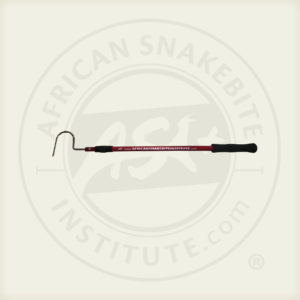 ASI Collapsible Snake Hook - 1.2 m
R650.00
ASI Collapsible Snake Hook - 1.2 m
R650.00
